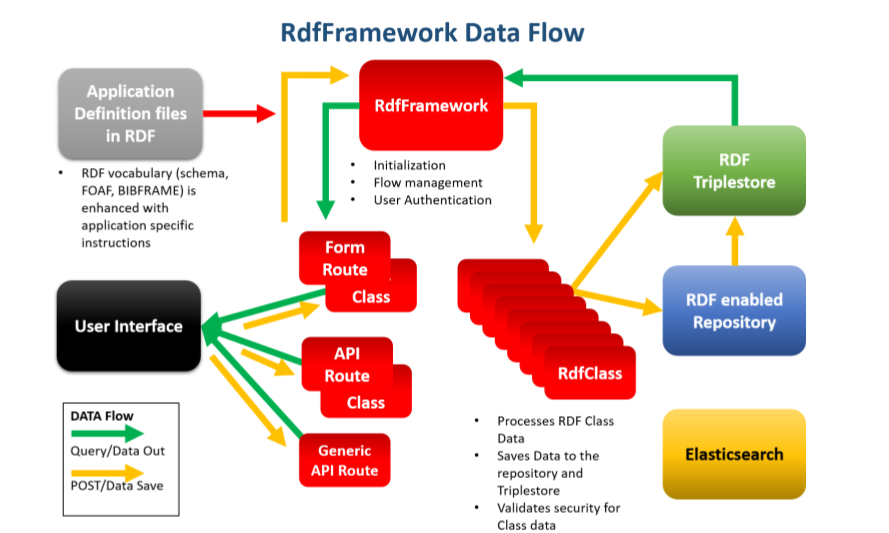


Jeremy Nelson
Metadata & Systems Librarian, Colorado College
Partner, KnowledgeLinks
Mike Stabile
Partner & CEO, KnowledgeLinks
9:30 - Welcome and Overview
10:00 - Computer setup
10:20 - Break
10:30 - BIBCAT Introduction
11:20 - Break
11:30 - Next Steps, Questions and Comments
12:30 - End Session



We will now introduce the bibcat catalog pull platform for building RDF-based bibliographic applications. We'll go through a quick-start to get your Python environment set-up to use bibcat, followed by some useful helper functions bibcat provides for building RDF applications. We'll then go through and convert MARC records to Library of Congress BIBFRAME RDF and then demonstrate the use of a RML map to produce "lean" BIBFRAME RDF. From this lean BIBFRAME RDF, we'll generate schema.org JSON-LD. Finally, we will look at some of the other input data format/vocabulary workflows to produce BIBFRAME RDF.

